In Which A Student Pilot Gets Blown Around Battling Crosswinds
[This is the eighth in a series of articles detailing my journey to earning a private pilot certificate. Click to read: Part 1, Part 2, Part 3, Part 4, Part 5, Part 6, Part 7.]
Two days ago, when driving home from a movie, my car tire… well, exploded. My first thought after getting home and surveying the damage was, “How am I going to get to my flight lesson in the morning?”
A Very Cold Pre-Flight
I ended up taking the bus, which got me there 20 minutes late- a waste of perfect flying weather! Regardless, I ran in, met my instructor Dave, and scurried off to complete the pre-flight check. We had gotten a couple feet of snow the day before, and the hangars were draped with massive wavy clumps of half-melted snow, and gigantic, terrifying-looking icicles hung from the roof. Once I got inside the hangar (from the hangar next door- our door was covered by a massive pile of snow), I went about the pre-flight, leaving the space heater in the cockpit until the last possible second.
I tried a new pre-flight technique this time, and I think it made the fuel-sumping and fuel-level-checking process a little more streamlined by combining it into the same step. As I was finishing up the pre-flight, Dave came into the hangar and opened it up. As light poured in, blinding me (Dave was wearing his sunglasses of course), we both were transfixed by the chunks of ice and snow sliding and crashing off the door and roof. It sounded like an earthquake threatening to bring the hangar down!
Into the Snow: Taxiing for 29
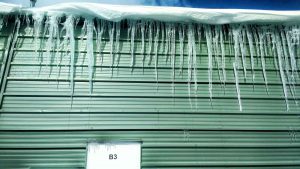
He dug a small path in the snow for the 68F to roll through as I hooked the motorized tug onto the nose wheel. After a brief lesson (this was a tug I hadn’t used before, but it turned out to be way easier than the other motorized tug), we pulled the Skyhawk into the sunlight and chatted about the lesson.
The METAR was reporting zero winds, and the TAF was forecasting 3kts. It was a perfect flying day, and even more perfect for practicing landings and pattern work. We rolled out to the run-up area at the end of runway 29 since runway 20 was closed until they could clear the snow off. After going through the pre-takeoff checklist and making the radio call, I followed the center line as close as I could without running the wing into a snow drift and lined us up on the runway.
The first takeoff of the day is always the most fun. Pushing the throttle in and watching the RPMs jump and hearing the engine roar to life makes the airplane seem just as excited as I am to get off the ground. Once we hit 55kts, I pulled back on the yoke, and 68F pulled away from the runway. We were up and out!
A Change in the Crosswinds
I put the plane in a nice climb (“65kts or 10% climb rate, whatever comes first,” Dave says) and was admiring the beautiful sunny day when all of a sudden a gust pushed us up and dropped us, drawing my attention back from the snowy peaks outside the cockpit. “Looks like the winds are picking up,” Dave noted. We turned left crosswind, and I watched downtown Truckee pass under our belly. The wind was coming from the south, so as soon as we turned downwind, there it was, beating against the wings. It was the windiest I’ve ever experienced in an airplane, but I surprised myself by remaining fairly calm and keeping a loose grip on the yoke. I didn’t even have the urge to try and out-maneuver the wind like I had the last couple times I experienced turbulence.
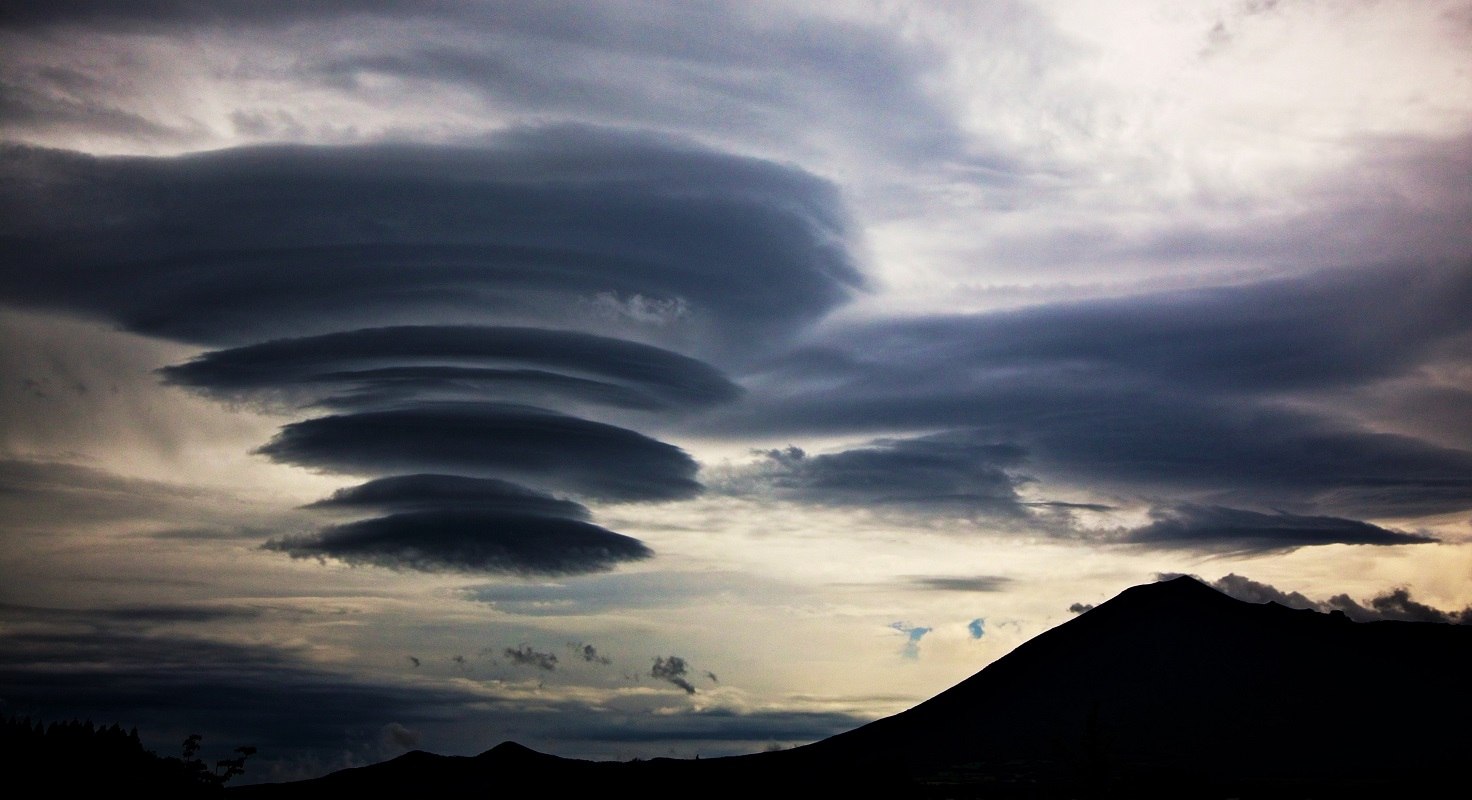 Mountain Wave: My Scariest Flight Ever
Mountain Wave: My Scariest Flight Ever
We approached the eastern edge of the mountains, where the terrain drops almost straight down to the Owens Valley. This is one of the steepest and deepest drop-offs in the continental U.S. Just as we approached the edge the GPS showed our groundspeed increase rapidly from 175 to 228 knots. A moment later the plane crossed the ridge and suddenly everything went wild. [Read more]
The crosswinds were pushing us toward the runway big time, so I had to aim to the right side of the snowy V-shaped mountain ridge, instead of straight towards it like usual, to give us enough space on base. As we turned base, the tailwind launched us forward so quickly I immediately had to start the turn to final. I was struggling to “make” the runway; the winds were really strong. The windsocks at the end and midpoint of 29 were pointing directly down runway 20, which, unfortunately, was still covered in snow.
Seeing the wind was overpowering both me and 68F, Dave took the controls and said, “Today, instead of touch-and-go’s, we’ll be learning crosswind controls and the ‘low approach.’ Now follow me on the controls.”
Learning Low Approaches in Crosswinds
Dave narrated his steps as we halted our descent to the runway, powered up and cleaned up in-air while using full left aileron and full right rudder. While we were still over the runway, Dave took his foot off the rudder pedal completely and the airplane pivoted like a weather vane. As he pushed again on the right rudder, he said, “Rudder,” then removed his foot again, “No rudder.” He did this a few more times and then gave me back control of the plane. I couldn’t believe how powerfully effective the rudder was! He managed to keep up flying in a straight line over the center line with the yoke turned sideways and the wind trying its best to throw us off course.
We went around the pattern again, and I tried to focus on keeping distance on the downwind between us and the runway, but the wind was, to be frank, kicking my ass. Eventually, I got it, and we were turning base and then final, dropping in altitude to about 50 feet over the runway, and then powering up and cleaning up. Carb heat off, full power, retract the flaps one notch at a time as soon as you reach and can maintain 60kts in a climb.
I wasn’t tracking the centerline as closely as Dave was, that’s for sure, but with his guidance, we managed to climb up and back into the pattern fairly gracefully. As we were turning crosswind, a Pacer came on the radio announcing his downwind entry for 20, and Unicom came back quickly to tell him it was closed. He was silent for a minute, the said he was going to enter the downwind for runway 29. Dave was listening very intently as the Pacer turned final and aborted his landing, leaving for another, less windy airport.
Definition of a complex airplane: landing a taildragger on pavement with a 20 knot quartering crosswind.
I asked Dave what type of plane a Pacer was, and he told me it was a taildragger, which don’t handle crosswind landings very well. By this point, we entered the base leg, turned final, and did another low approach. This time, the wind let off about halfway through the runway but picked back up right as I relaxed the left aileron, giving me a little scare.
Crosswind Landing: Using the Crab and Sideslip Techniques
With a little practice, it’s possible to keep the airplane within inches of the runway centerline during a crosswind landing. The only winds that count are the ones that affect the airplane at the moment, not those advertised by the tower. Sure, the tower’s wind information provides a useful estimate of potential crosswinds during landing, but it isn’t gospel by any means. [Read More]
A Safe Crosswind Landing and a Successful Lesson
We continued around two more times before the low clouds that had been creeping over the mountains toward the airport began to close us into a dome of cold, wet air. “Looks like I’m going to have to call off the rest of the lessons for today, can’t go flying in the snow,” Dave said, directing me to head in for landing. He then called Unicom and asked the status of runway 20, because at this point we were experiencing 20kt gusts, which exceed the crosswind capabilities for the Skyhawk for a pilot of average skill. It was still closed, and wouldn’t be clear of snow for about another hour, leaving us Sierra Oscar Lima. Luckily for us, Dave is not an average pilot.
He flew us in and greased the landing, and we taxied back to the hangar and tucked 68F in for the night. Knowing we were going to have a lesson the following morning, I didn’t get too much homework, and I skipped off to the bus stop. As I was waiting, I checked my logbook and realized I had used up the first page! I giddily filled out the total hours and signed my name. Another step closer to earning my wings!
“It’s only the beginning but the implications are terrific.” Gerald Sayer
Featured Image: Truckee-Tahoe Airport courtesy of Ethan H, CC BY-NC 2.0



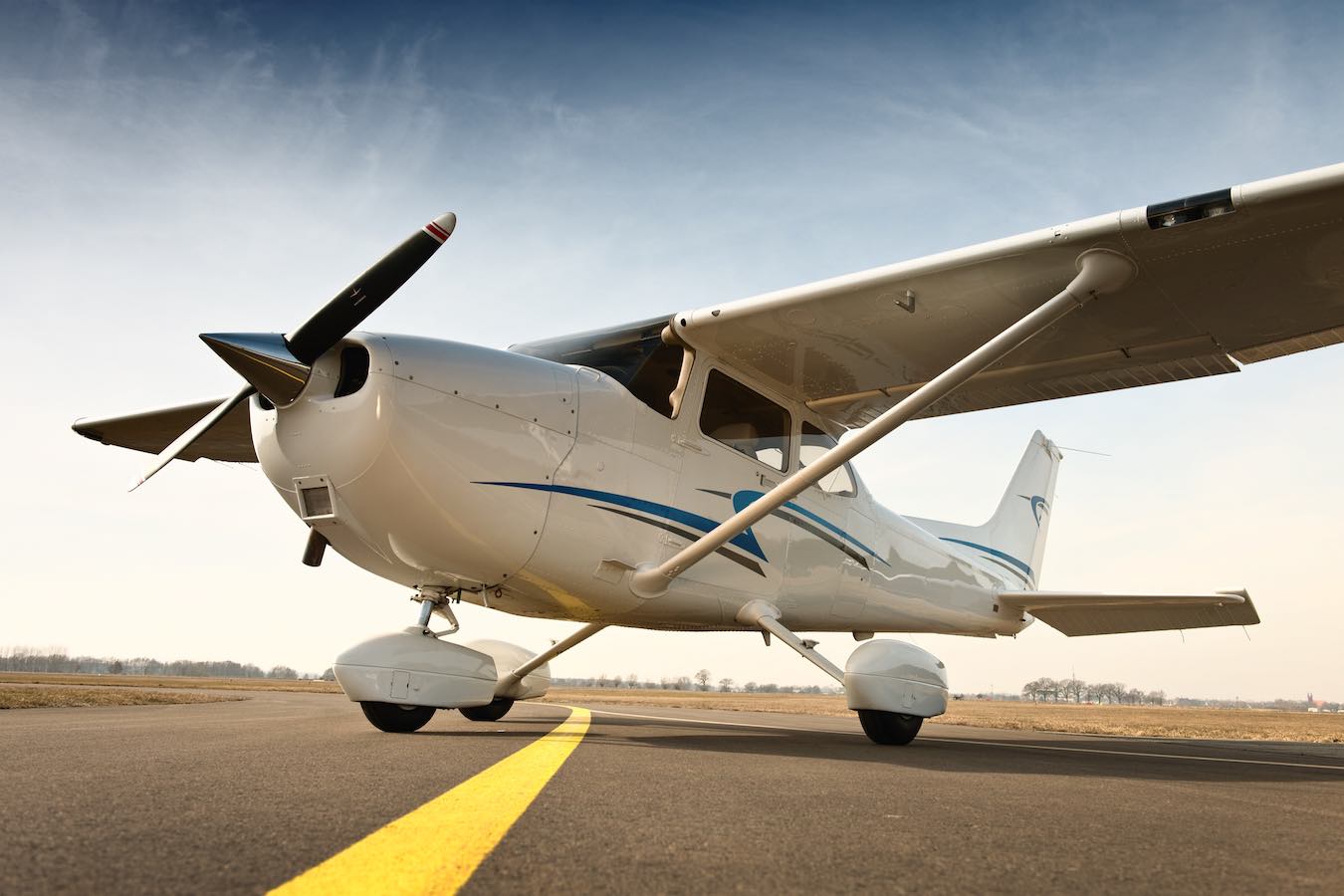
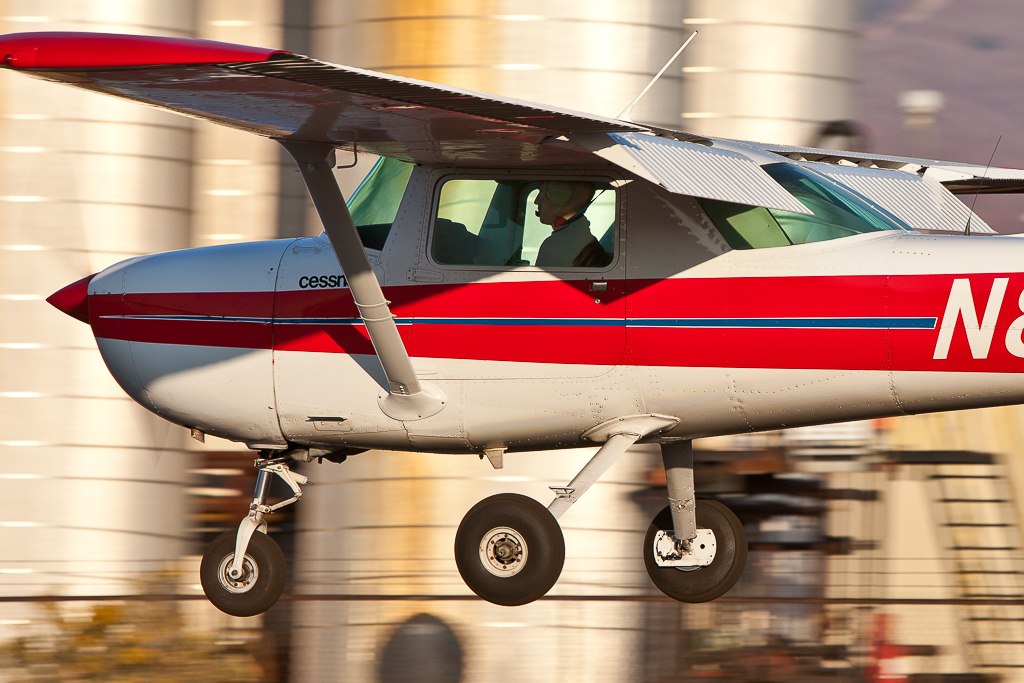
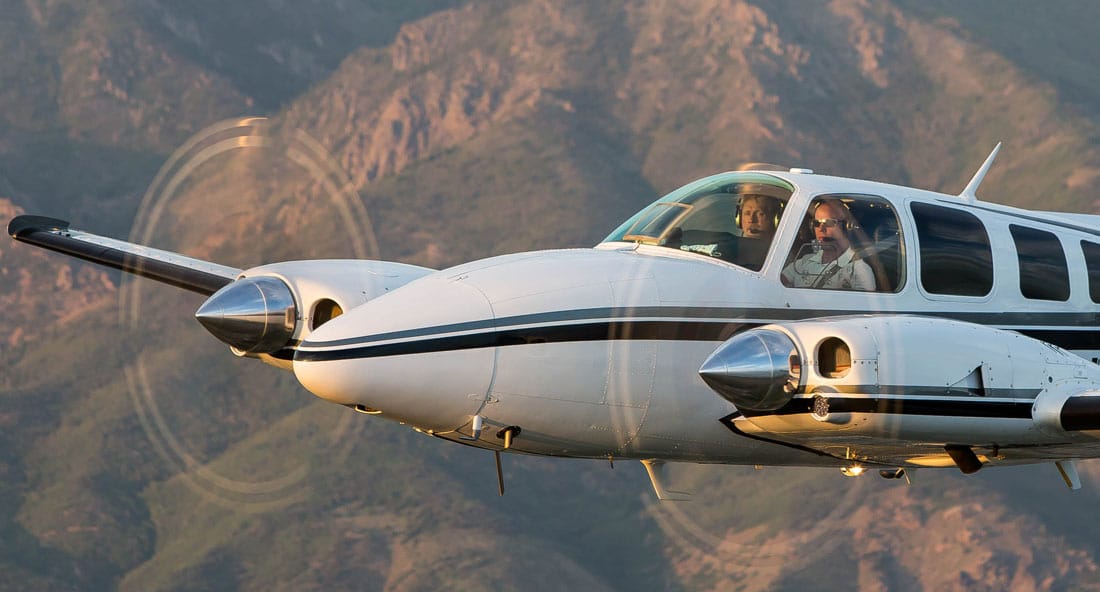
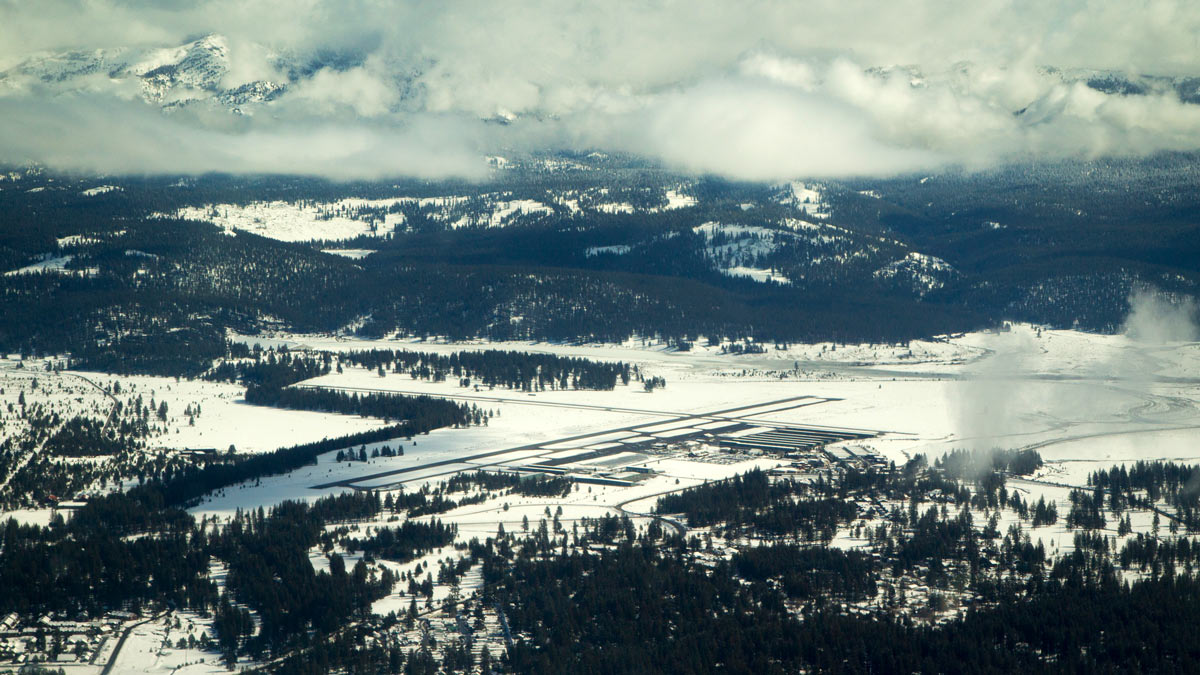
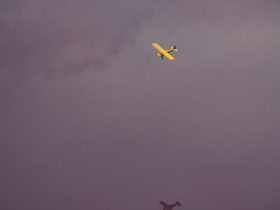
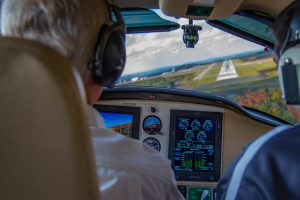
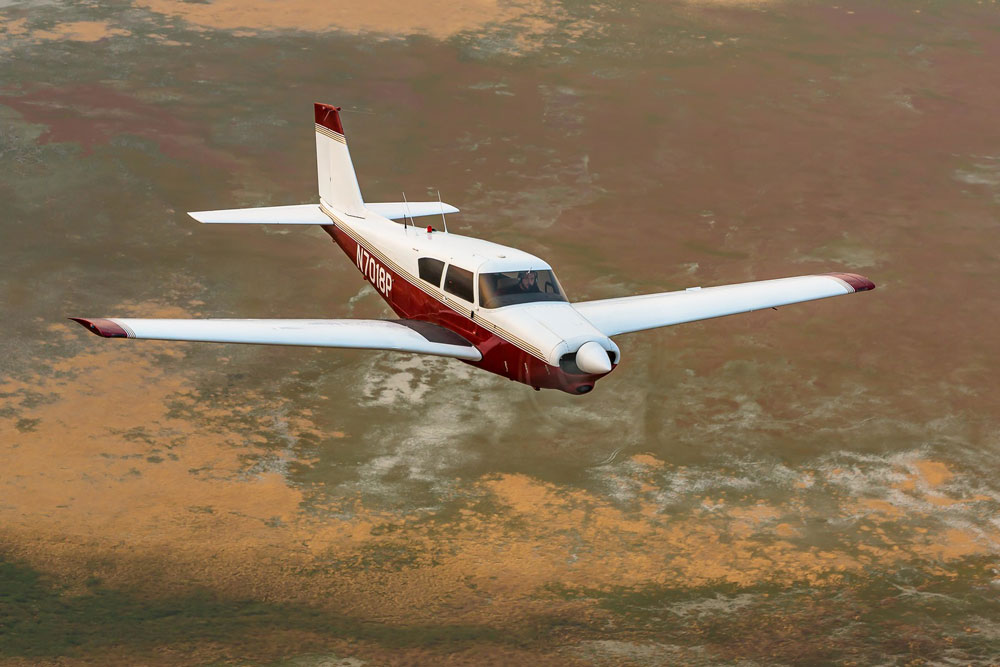
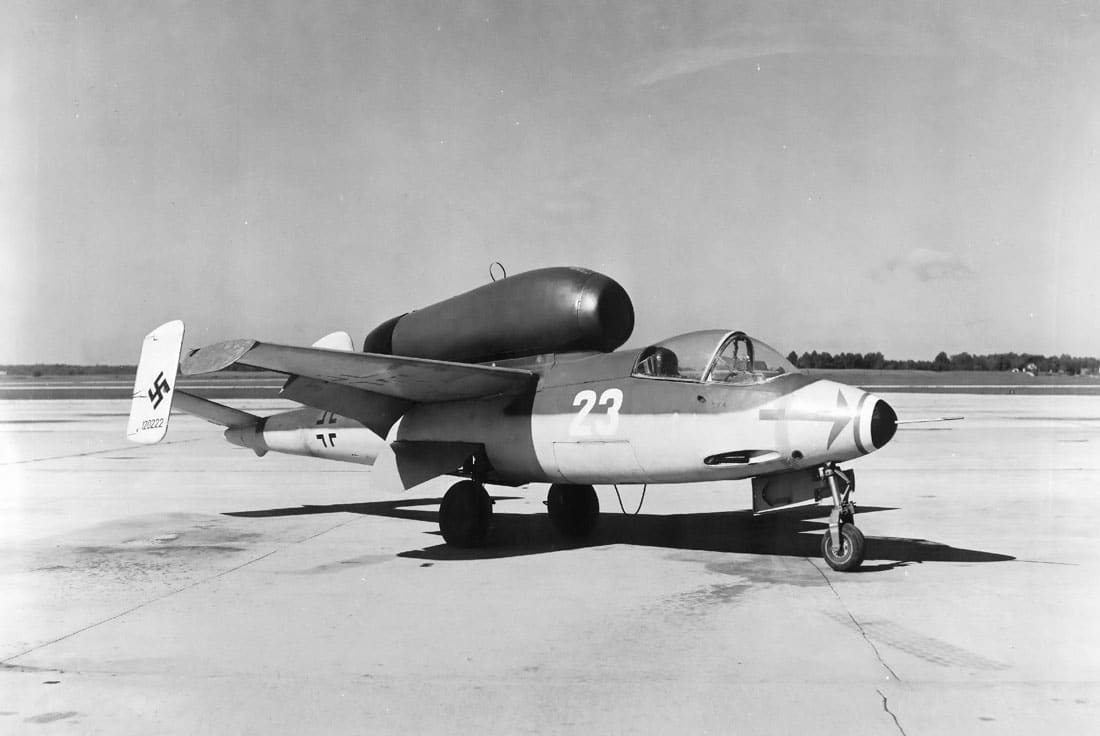
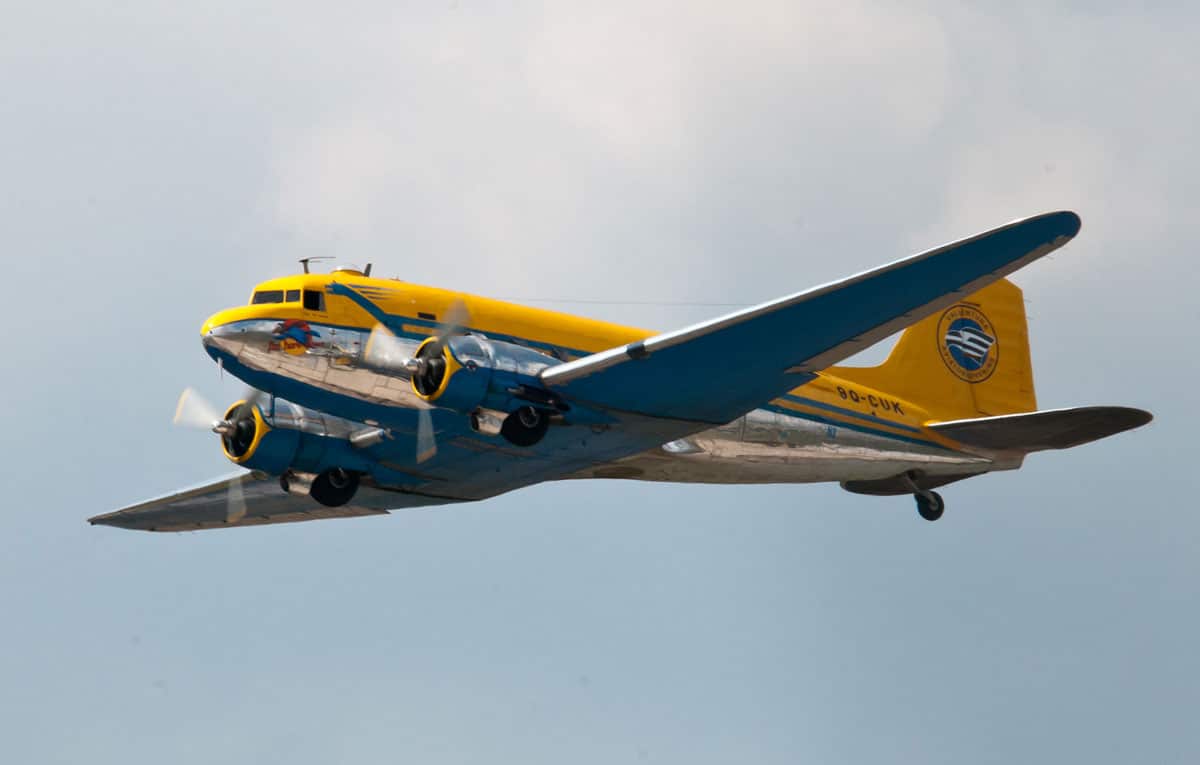
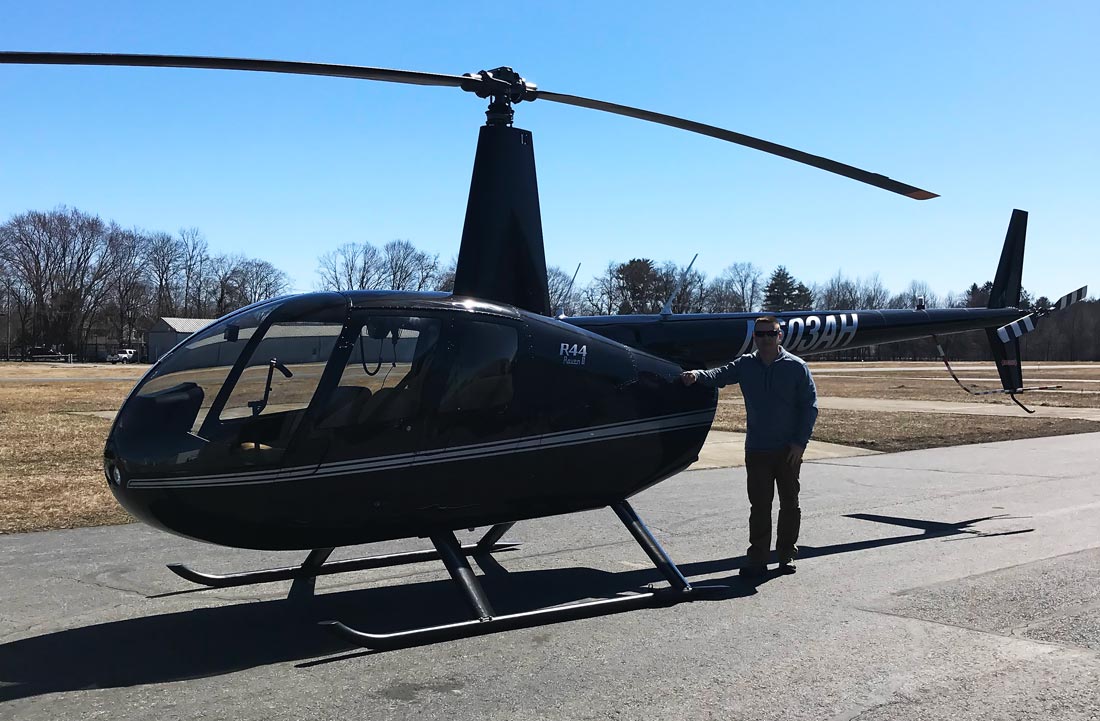
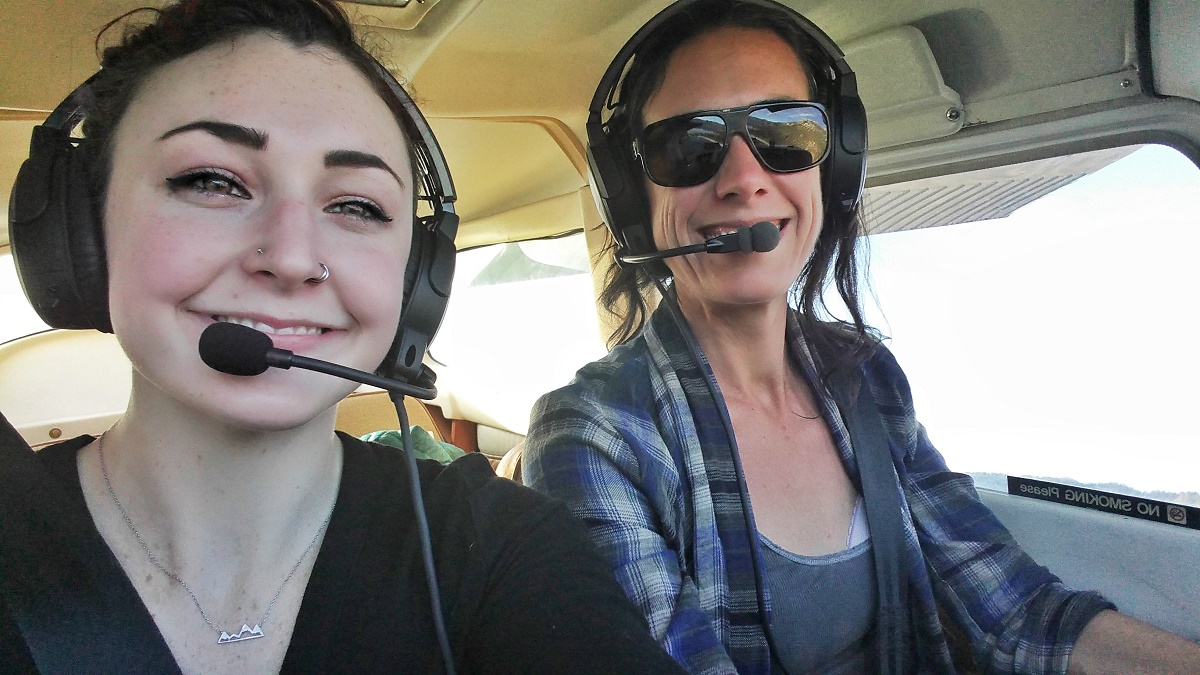
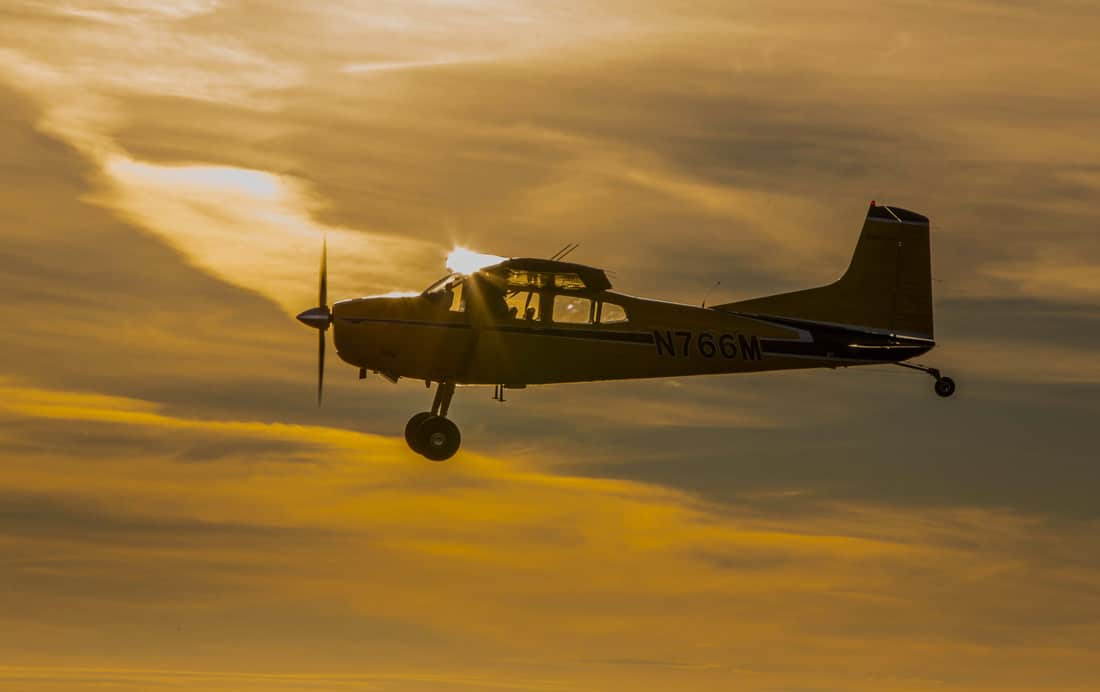
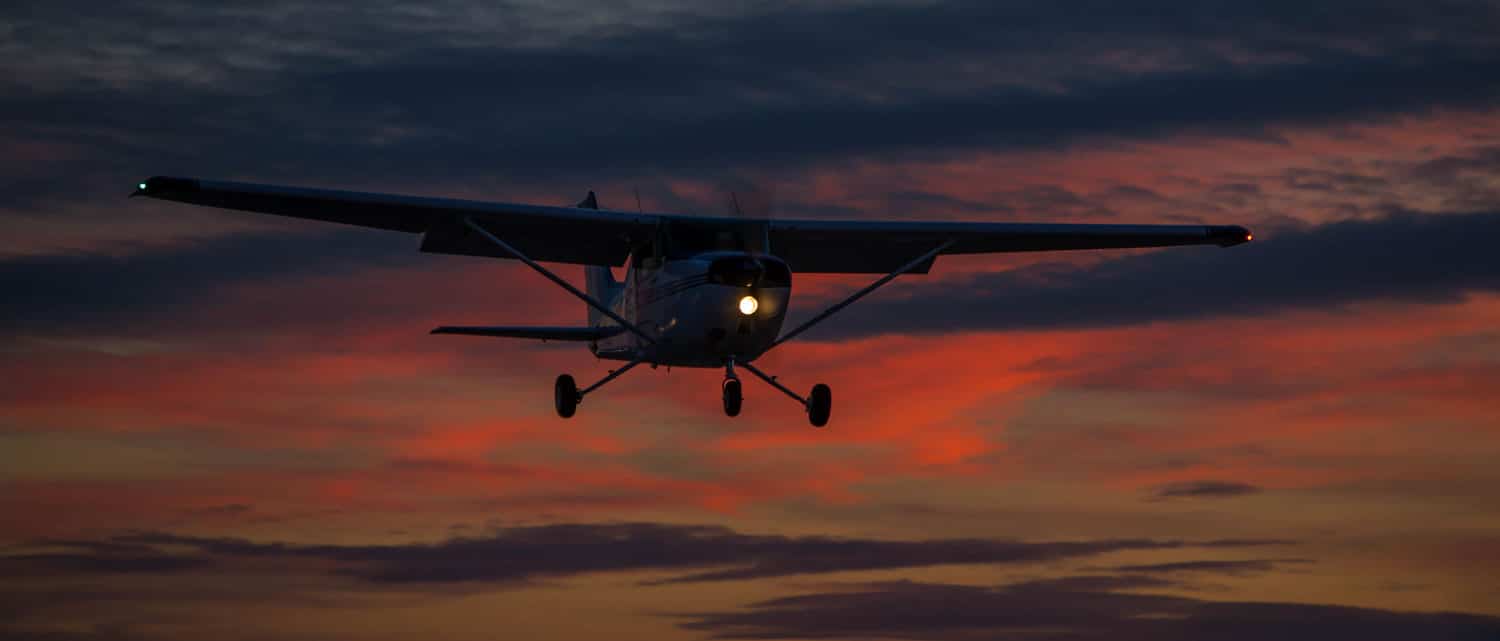
Leave a Reply